Reviews
Essential Steps for Families Dealing with Trauma Scene Cleanup
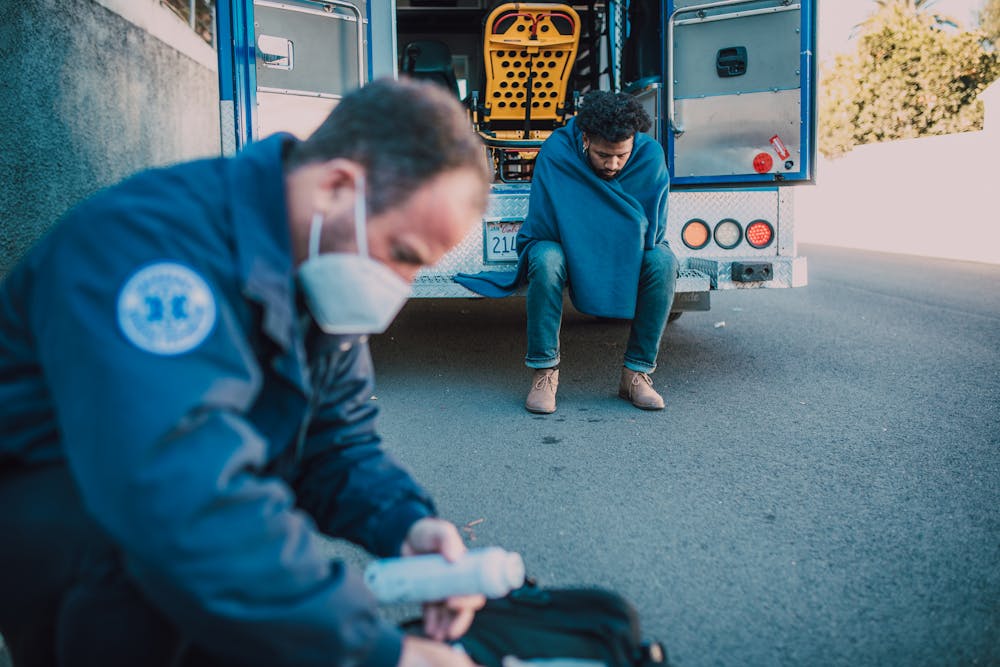
There’s no soft way to land here. You wake up one day expecting normal things—coffee, traffic, maybe an annoying work email. But instead, the phone rings, and suddenly you’re standing outside a home you used to feel safe in… and now? Now it feels like something else.
Something happened. Something big. Maybe it was a suicide. Maybe an unexpected death that went unnoticed. Maybe something more violent. But whatever it was, it left behind more than grief. It left a scene. A literal, physical scene.
And now, it needs to be cleaned. But how? And by who?
Why It’s Not “Just a Cleaning Problem”
Let’s talk about the elephant in the room: trauma scenes are dangerous. They’re not just disturbing—they’re biohazardous. According to the CDC, these can carry serious pathogens—Hepatitis B, C, HIV, you name it.
And here’s the kicker.
Many of these substances aren’t visible to the naked eye. So, unless you’ve got training, gear, and a seriously tough stomach, cleaning it up yourself can be risky on every level.
And it’s not just about health. There’s also the psychological toll. One man shared how he tried to clean the garage after his brother’s suicide. “I wanted to protect our parents from it,” he said. “But I ended up having panic attacks for months. I still can’t smell bleach without feeling sick.”
This is where professional cleanup services become more than helpful—they become necessary. Companies like Suicide Cleanup specialize in cleaning up after suicides, accidents, and unattended deaths—pretty much the scenes no one ever wants to face.
But they do it safely and quietly. And somehow, they manage to make you feel a little less alone in the process. Here’s how you deal with cleanup safely.
Step One: Don’t Touch Anything Yet
Even if your instinct is to “get it over with,” stop. That’s trauma brain talking. Trying to regain control by taking action. But in reality, rushing in can make things worse.
If the scene’s been cleared by law enforcement, secure it as best you can. Shut the door. Open a window if it’s safe. But don’t go in trying to “just clean up a little.”
That’s how people get hurt—or retraumatized. The emotional landmines in that space? They’re real. Don’t underestimate them.
Step Two: Call in Professionals You Can Actually Trust
Here’s the part that can feel weird. You’re looking for a very specific kind of help at a really awful moment. And you don’t want someone who’s going to show up in a van covered in logos and make a scene. You want quiet, competent, respectful.
Trauma scene cleanup crews should be licensed, certified, and insured.
This isn’t your neighbor’s cousin with a mop. You want people who’ve done this hundreds of times—who know how to handle decomposition, bloodborne pathogens, odor remediation, and emotional landmines with equal skill. You want a professional biohazard cleanup company.
But can you afford it?
Honestly? You might not have to. Many homeowners’ and renters’ insurance policies cover trauma scene cleanup, especially in cases involving death.
According to industry estimates, nearly 80% of these cleanups end up being at least partially reimbursed. Reputable companies will guide you through the claims process. You shouldn’t have to navigate all this red tape alone.
Step Three: Know What to Expect from Cleanup
This isn’t a quick once-over with some bleach and air freshener. Trauma cleanup is surgical. Methodical. Sometimes invasive. And always necessary.
Expect:
- Contaminated materials (like carpets, bedding, or furniture) to be removed
- Walls and subflooring to be sanitized—or even replaced
- Powerful equipment to scrub the air and eliminate odor molecules
- Biohazard waste to be hauled off following strict disposal laws
The goal isn’t just to remove the visible signs. It’s to return the space to a safe, livable, non-triggering environment.
| What You Might Picture | What Actually Happens |
| A mop and a few garbage bags | Hazmat suits, HEPA vacuums, ozone generators |
| 1-2 hours of work | 6–12+ hours, depending on severity |
| “Cleaning” | Full-scale decontamination and safety restoration |
| A hefty bill, probably in the thousands | Your insurance covers the bill (partially or fully), depending on your policy |
A Clean Scene Isn’t the End of the Story—But It’s a Turning Point
The room gets cleaned. The odor fades. The gear gets packed up. But you’re still there, holding the weight of it all.
Trauma cleanup doesn’t fix the loss. It doesn’t explain why it happened or ease the ache. But it does offer something quiet and powerful: the chance to move forward in a space that’s no longer frozen in tragedy. It gives you back your home. It gives you a sliver of peace.
And honestly? That’s more than enough for now.

-
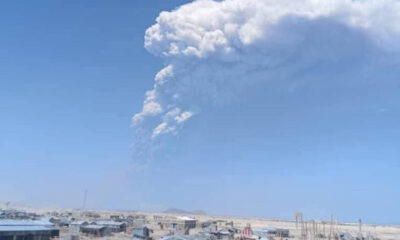
 World1 week ago
World1 week agoEthiopian volcano erupts for first time in thousands of years
-

 Health2 days ago
Health2 days ago8 kittens die of H5N1 bird flu in the Netherlands
-
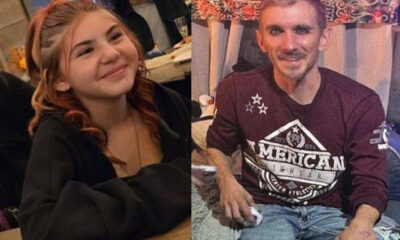
 Legal6 days ago
Legal6 days agoUtah Amber Alert: Jessika Francisco abducted by sex offender in Ogden
-
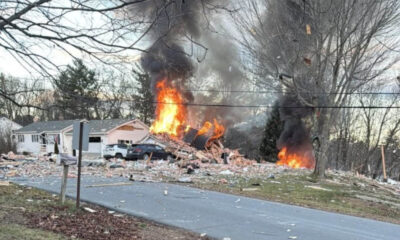
 US News6 days ago
US News6 days agoExplosion destroys home in Oakland, Maine; at least 1 injured
-
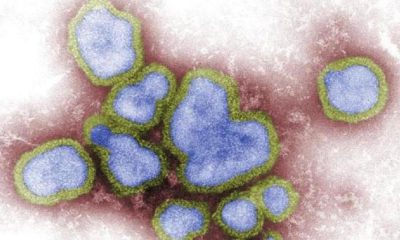
 Health6 days ago
Health6 days agoMexico’s September human bird flu case confirmed as H5N2
-

 Legal3 days ago
Legal3 days ago15 people shot, 4 killed, at birthday party in Stockton, California
-

 World7 days ago
World7 days agoWoman killed, man seriously injured in shark attack on Australia’s NSW coast
-
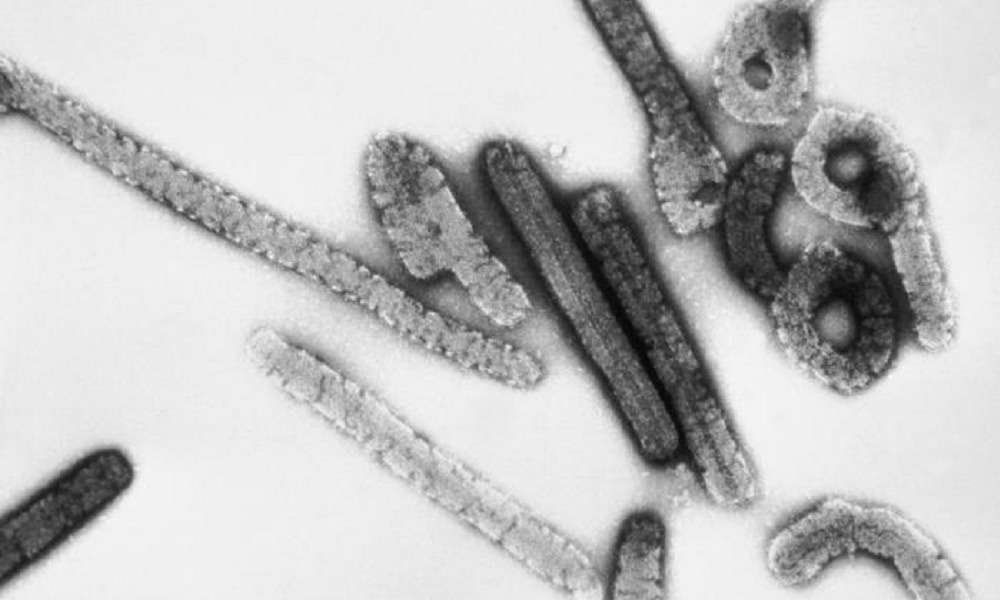
 Health6 days ago
Health6 days agoMarburg outbreak in Ethiopia rises to 12 cases and 8 deaths




